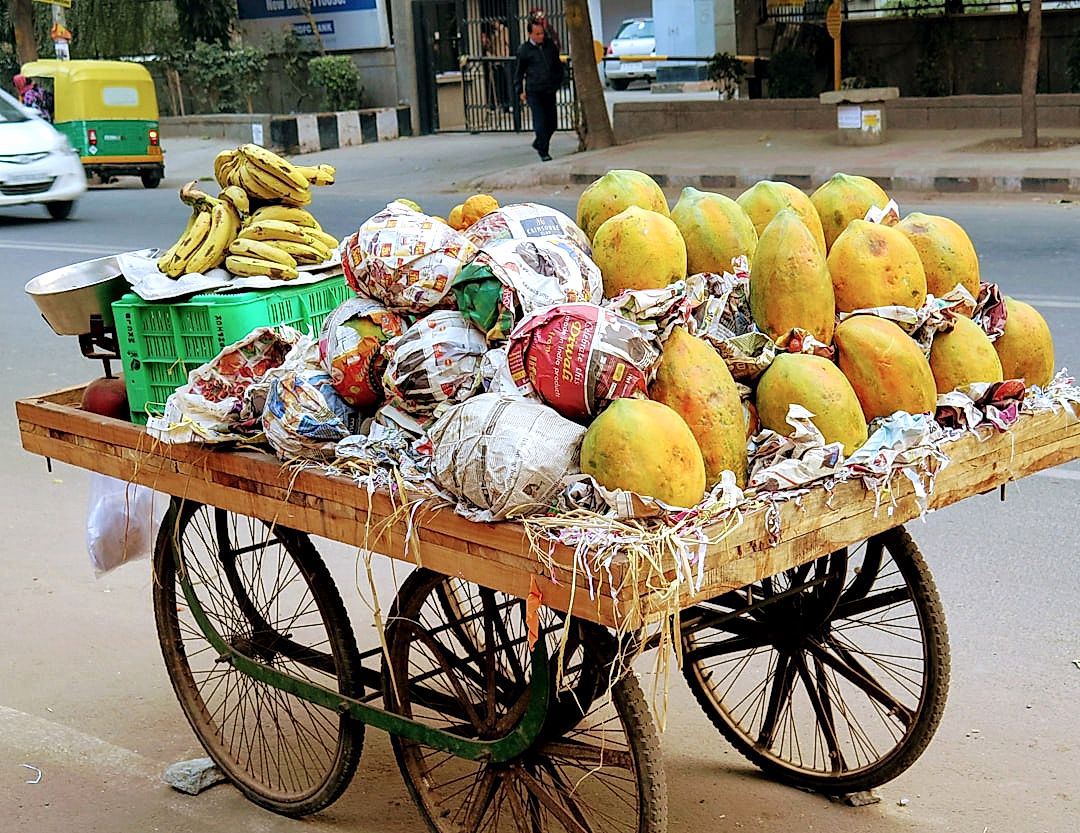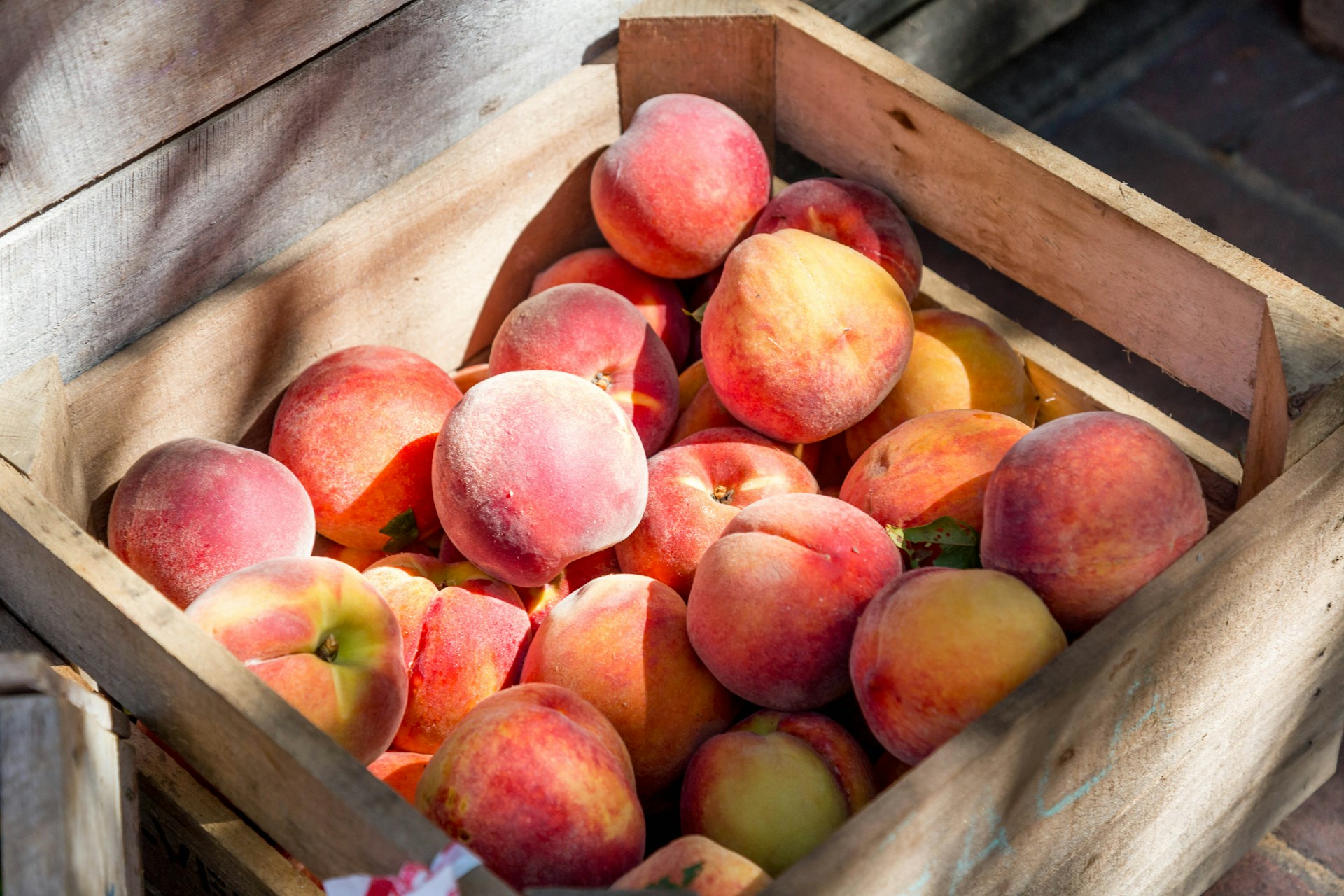Risk management is an essential tool for the smooth operation of any business.
For those involved in the crucial sector of produce packing, it becomes even more vital due to the inherent susceptibilities within the industry.
From handling fragile goods to navigating ever-changing market dynamics, the challenges can be manifold.
However, with the right risk management strategies in place, potential threats can be mitigated.
This piece aims to provide an invaluable resource detailing practical steps that can be implemented.
We will delve into methods and measures to enhance resilience, while ensuring sustainable growth and profitability.
Risk Management Strategies For Produce Packers
1. Regular monitoring for potential contamination risks
The risk of contamination is a real and persistent threat in the produce packing industry.
In an industry that seemingly leaves no room for error, the importance of regular monitoring for potential contamination risks cannot be understated.
The responsibility of ensuring that the produce is safe for consumption rests on the shoulders of produce packers, a task that is not as straightforward as it sounds.
It requires a systematic approach towards identifying and eliminating contamination risks at various stages of the packing process.
Regular monitoring can range from incoming raw material checks to finished product scrutiny, all done with the intention of identifying potential threats before they can cause harm.
Constant vigilance and regular inspection of the packing and storage areas are crucial in mitigating contamination risks.
Regular monitoring also helps in early detection and control, thus preventing any widespread impact and safeguarding the consumers’ health.
This allows produce packers to take immediate corrective action, saving not just valuable resources, but also the reputation of their business.
An efficient monitoring plan involves routine checks of equipment, operations, and personnel hygiene.
Monitoring the infrastructure for physical hazards such as metal, glass, or wood that could potentially contaminate the produce is as crucial as checking for biological contaminants.
Moreover, temperature and humidity control in storage areas are factors that significantly influence the chances of produce being contaminated.
The documentation of monitoring activities is also very beneficial for any future reference, besides serving as proof of due diligence.
Keeping a log of what was checked, when it was checked, who checked it, and the results can help produce packers to trace back in case of any unanticipated issues.
On a final note, the regular monitoring for potential contamination risks process should be consistently updated based on any changes in operation, equipment, or even introducing new products.
It demands a fair share of time and attention, but the benefits offered by regular monitoring are more than worth the investment.
Given the gravity of potential harm that contamination can cause, it is a non-negotiable aspect of food safety that is vital for maintaining the health of consumers and the credibility of produce packers.
2. Maintenance of Sanitation and Hygiene Standards
The process of maintaining sanitation and hygiene standards in the produce packing industry is an essential component of risk management.
Produce packers must adhere to strict guidelines and regulations set forth by health authorities.
These standards ensure that fruits and vegetables do not come into contact with harmful substances during the packing process.
Hygiene and sanitation protocols maintain the integrity and safety of the produce from the field to the market, drastically reducing the risk of food-borne illnesses.
Packers often implement rigorous cleaning schedules for their facilities, which helps to limit potential contamination.
The use of appropriate cleaning agents, according to standards, is crucial to adequately remove harmful bacteria or other contaminants.
Moreover, packers should follow the correct protocols for discarding waste materials, to avoid cross-contamination.
Sometimes, packers employ advanced technologies such as UV sterilization to ensure superior hygiene levels in their facilities.
Quality control teams frequently carry out inspections and audits to check compliance with sanitation and hygiene standards.
Sanitation and hygiene training programs for staff members are similarly important, as they enhance the understanding and implementation of these standards.
Moreover, investing in durable, easy-to-clean equipment can support adherence to sanitation and hygiene guidelines and reduce the risk of contamination.
Implementing a stringent pest management system is another integral aspect of maintaining cleanliness and preventing contamination of produce.
In order to ensure an optimal level of cleanliness, packers should develop a comprehensive sanitation standard operating procedure (SSOP).
SSOPs should outline the procedures for cleaning and sanitizing all areas of the facility, managing pest infestations, and training employees in sanitation practices.
Finally, maintaining proper sanitation and hygiene extends to the transportation of the produce, where packers must ensure the cleanliness and proper temperature control of the transportation vehicles.
It is imperative to remember that adhering to stringent sanitation and hygiene standards is not only a requirement but a commitment to the safety and health of the consumers.
3. Implementing robust quality control procedures.
The management of risks in produce packing requires comprehensive planning and the establishment of robust quality control procedures.
This involves the integration of stringent quality checks and validations at every stage of the packaging process.
To ensure the durability and safety of the produce, it is vital to implement a system for the regular inspection of packaging materials and equipment.
Quality control procedures must also account for the conditions under which the produce is stored, transported, and delivered.
Thorough documentation of all quality control measures is essential for maintaining transparency and ensuring adherence to all necessary standards and regulations.
This ensures that all potential risks are identified and mitigated efficiently, thereby minimizing the chances of product spoilage or contamination.
Additionally, a well-implemented quality control procedure can help detect any inefficiencies or bottlenecks in the packaging process.
This can facilitate the development of more efficient strategies for managing workflow, inventory, and overall productivity.
Robust quality control measures can also contribute to building a brand’s reputation for quality and reliability in the market.
This is due to the fact that consumers usually associate a brand’s credibility with the quality of their products.
Quality control in the produce packing industry is not only about maintaining the quality of the products, but it is also about ensuring the health and safety of the consumers.
For this reason, all quality control standards and procedures should be aligned with the latest food safety regulations and guidelines.
Furthermore, the data obtained from quality control processes can provide valuable insights for the continuous improvement and optimization of the packing processes.
Such insights can help managers and decision-makers to make informed strategic decisions.
In essence, the implementation of robust quality control procedures forms the backbone of all risk management strategies for produce packers.
4. Seasonal Yield Forecasting and Planning
One of the most vital risk management strategies for produce packers is seasonal yield forecasting and planning.
This strategy helps producers anticipate the potential yield of their crops every season, enabling them to prepare adequately for any scenario.
A critical aspect of this process is the use of historical data to guide forecasting.
Packers need this information to understand trends and make educated predictions about future yields.
Furthermore, such data can provide insight into aspects like weather patterns and pests, both of which significantly impact crop yields.
This type of planning allows for proactive decisions regarding planting schedules, harvest timing, and post-harvest processes, like packing and transportation.
Optimized forecasting and planning helps mitigate the risks often associated with agricultural endeavors, such as unpredictable weather, disease outbreaks, and natural disasters.
Seasonal yield planning also allows packers to secure contracts with buyers ahead of time, reducing the risk of market volatility.
Furthermore, with proper forecasting, packers can allocate their resources more efficiently by tailoring their processes to the expected yield, reducing waste and increasing profitability.
Sticking closely to these plans, packers can adapt their businesses according to the changes in supply and demand dynamics in the market.
For these reasons, the importance of thorough, data-driven seasonal yield forecasting and planning cannot be overstated for produce packers.
Importantly, the forecasting strategy also needs to accommodate variability and adjust for changes in real-time.
This is because the agricultural sector is influenced by a myriad of unpredictable factors, and the flexibility to adapt to these changes is crucial.
Ultimately, the goal is to create a balance between predicted yield and actual yield to manage risk effectively.
By achieving this balance, produce packers can ensure business continuity, even in the face of various challenges.
An optimal use of seasonal yield forecasting and planning significantly contributes to overall enterprise risk management.
5. Investing in Adequate Produce Insurance
One of the essential risk management strategies for produce packers is investing in adequate produce insurance.
A risk management strategy ensures that even in the face of unpredictable events, like weather changes, pests, or disease, your business doesn’t suffer from enormous losses.
Insurance serves as a failsafe, guaranteeing compensation for unanticipated losses.
There is a range of insurance policies available that covers various risks – from crop insurance to equipment insurance to general liability insurance.
Choosing the right policy aligning with your business needs is crucial in managing risks effectively.
An understanding of the specific threats faced by your farm or packing facility can help you make informed decisions about coverage levels and types of insurance.
Many insurance providers also offer customizable plans, which can provide a more suitable level of coverage for the unique needs and risks of your facility.
It is essential to periodically review and adjust your insurance plans as industry standards, and financial conditions can change, leading to changing risk profiles.
Working with an experienced insurance broker who understands the produce packing industry and your specific business requirements can be extremely beneficial.
They can guide you through the process of identifying your risks, choosing the most suitable insurance programs, and ensuring you are adequately protected from potential losses.
A good insurance broker will also help you understand the fine print and nuances of different insurance policies, helping to avoid any hidden traps or unexpected complications when a claim arises.
Investing in insurance for your produce packing business is not just about managing risks but also about ensuring the sustainability and growth of your business in the long run.
By taking preventative measures, you lower the likelihood of facing a crisis uninsured and unprepared.
It’s better to invest now in protecting your business than to struggle with losses that could have been covered later.
Finally, investing in insurance does not eliminate the necessity for other risk management practices like maintaining hygiene standards, implementing quality control procedures, or regularly monitoring for potential contamination risks.
The Bottom Line
Essentially, safeguarding the food supply chain is paramount for ensuring the health and safety of consumers as well as maintaining the credibility of food suppliers.
Diligent monitoring for contamination risks, upholding high sanitation standards, and implementing strict quality control measures are critical steps.
Enhancing these efforts with systematic yield planning and adequate insurance makes for a comprehensive risk management strategy.
By embracing these, food suppliers can confront and overcome the numerous challenges involved in food handling and distribution, thereby enhancing food safety for all consumers.
This holistic approach not only preserves public health but also ascertains the integrity and sustainability of the worldwide food supply chain.




